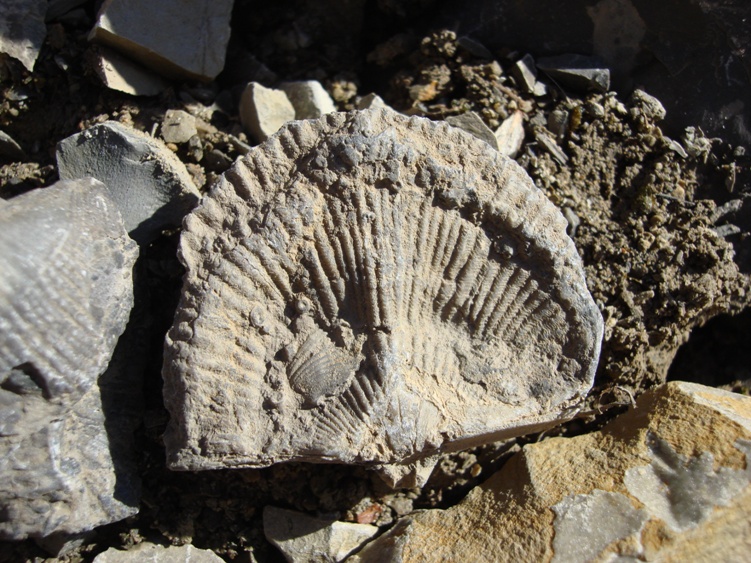
This February 28, 2024 news item on phys.org takes the discussion about appropriating cultural artifacts out of the world of art and into museum fossil collections , Note: Links have been removed,
Many museums and other cultural institutions in the West have faced, in recent years, demands for artistic repatriation. The Elgin Marbles, currently housed in the British Museum, are perhaps the most prominent subject of this charge, with numerous appeals having been made for their return to their original home in Greece.
Taking up the issue of cultural imperialism is a new article in Isis [journal of the History of Science Society],.
“Fossils and Sovereignty: Science Diplomacy and the Politics of Deep Time in the Sino-American Fossil Dispute of the 1920s” by author Hsiao-pei Yen, narrates the controversy surrounding paleontological excavation in the interwar period through a conflict between the American Museum of Natural History and the emerging Chinese scientific nationalist movement, and, ultimately, examines the place of fossil ownership in global politics.
…
A February 28, 2024 (?) University of Chicago Press news release, which originated the news item, delves further into the topic,
In the early decades of the 20th century, many scientists were convinced that the key to understanding human origins, the so-called “missing link,” could be found in Central Asia. A delegation from the American Museum of Natural History (AMNH) was sent to the Gobi Desert in search of this great intellectual prize and failed to find any evidence of human ancestry in the region, but, over the course of the first half of the 1920s, sent many other valuable fossils and archaeological relics back to the United States. In 1928, however, amidst the changing political landscape of Chiang Kai-shek’s revolutionary reunification of China, the Americans were frustrated to discover that their findings had been detained under orders of the Beijing Society for the Preservation of Cultural Objects (SPCO). The resulting negotiations between the Americans and the Chinese inspired conflicting perspectives not only regarding the ownership of these prehistoric remains, but also the very nature of the relationship between fossils and sovereignty.
Nationalists in China were keen to correct the historical imbalance in treaties concerning trade between their country and rich Western nations. The debate over the fate of relics uncovered in China represented a unique opportunity to reclaim a measure of autonomy. As Yen writes, “The antiquities were deemed priceless national treasures not only because they were a link to China’s past but because … they were also resources of cultural capital with high academic value as research objects that would enable native scholars to establish and develop their own knowledge framework.” The representatives of the AMNH and those of the SPCO initially agreed to share botanical, zoological, and mineral specimens, while all archaeological materials and invertebrate fossils were to be kept in China, and all vertebrate fossils sent to America, with duplicates returning to their home country. The AMNH was insistent on this distinction between archaeological remains and fossils. Paleontological fossils, they claimed, “were formed in geological time and had no historical or cultural attachment to the people of the place where they were found.” As a result, argued the AMNH, they could be exported and retained by representatives of any country.
Following this agreement, however, the Chinese government called for a reclassification of fossils as sovereign property. This decision, part of a “vertical turn” in geopolitical history, was summarized by one government official: “’the territory of a nation-state is not limited to the surface. The terrain up to the sky and down to the subterranean should all be included in the national domain.’” As of 1930, China rejected the interpretation of fossils and the geological time they represented as universal, and therefore easily exploitable by more powerful countries, and claimed them instead as local, and contingent. The protections around Chinese fossils by no means limited the production of knowledge surrounding their discovery, but meant, instead, that the Chinese state had more control over their study and their diplomatic applications. The author concludes, “A vertical sensitivity enacted a new political and temporal imagination: geoscience and Earth history might be universal, but they should be explored within national boundaries.”
Since its inception in 1912, Isis has featured scholarly articles, research notes, and commentary on the history of science, medicine, and technology and their cultural influences. Review essays and book reviews on new contributions to the discipline are also included. An official publication of the History of Science Society, Isis is the oldest English-language journal in the field.
Founded in 1924, the History of Science Society is the world’s largest society dedicated to understanding science, technology, medicine, and their interactions with society in historical context.
Here’s a link to and a citation for the paper,
Fossils and Sovereignty: Science Diplomacy and the Politics of Deep Time in the Sino-American Fossil Dispute of the 1920s by Hsiao-pei Yen. Isis Volume 115, Number 1 March 2024 DOI: https://doi.org/10.1086/729176
This paper is behind a paywall.
